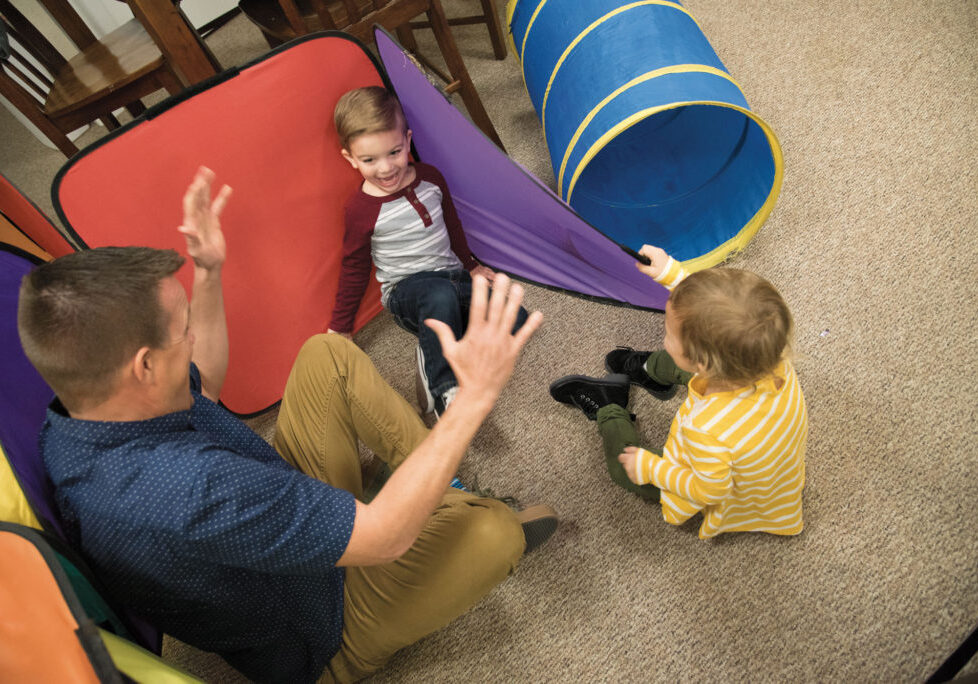Filing for conservatorship is a long, often complex journey that many parents and caregivers of disabled children embark on as their child approaches the age of 18. Like many parents, we wanted to ensure that our daughter had the support she needed to thrive as an adult while still respecting her independence and individuality.
The most common reason for pursuing conservatorship for developmentally disabled adults, as it was in our case, is the need for ongoing support to help manage their health, safety and finances. Individuals like our daughter, who is nonverbal, are particularly vulnerable, and conservatorship allows us to continue advocating for her and serving as her voice. Here is what we learned from our experience about the process of applying for conservatorship.
Gathering all the required forms for conservatorship
Filing for conservatorship involves forms – and lots of them! This self-help guide is a good place to start. While many forms are standard, some courts require county-specific versions, so check with your local probate court for their requirements. It’s also crucial to start the process early, before your child turns 18, to give you plenty of time to handle the paperwork and ensure you’re ready to step in as soon as your child legally becomes an adult.
Filling out forms for conservatorship can feel overwhelming, especially if you’re unfamiliar with legal documents. Fortunately, document preparation services are available in most areas to help with forms and answer questions, though they typically charge a fee. There is also a cost to file the documents with the court, but fee waivers may be available if you meet specific criteria.

Serving notices to the conservatee and relatives
After filing the paperwork and receiving a hearing date, the next step is serving the notice of hearing and a copy of the petition for conservatorship. The proposed conservatee must be served in person by someone who is not a familial relation, while notices must be mailed to any living immediate family members and the regional center providing services to the conservatee. Serving the notices is an important piece of the process and must be done correctly and on time or else the hearing will be postponed and you will have to have new notices mailed and served.
You can hire a local process server or to save money, ask a friend to serve the papers if they’re over 18 and live in the same county as the proposed conservatee. If you qualify for a court fee waiver, the sheriff’s office might serve the papers for free, but plan ahead since it can take a few weeks. Follow up to ensure the court received the proof of service for the notices, whether mailed or served. You can do this by checking the court portal or emailing your local probate department, as mailed paperwork sometimes gets delayed.
Attending the court investigation and regional center assessments
A court investigation sounds a lot scarier than it is. A court-appointed investigator will meet with the proposed conservatee and conservator to make sure that conservatorship is appropriate for the situation. In our case, the court investigator came to our home and interviewed us, got to know about our daughter and why we were pursuing conservatorship so they could put together a report and make a recommendation to the court. We also had our local regional center – Far Northern Regional Center– do a referral for a psychological evaluation of our daughter. This is required when filing for a limited conservatorship and is vital to assess if a conservatorship is necessary. This assessment is also submitted to the court with a recommendation.
Preparing for the conservatorship hearing
Check with your local court website regarding tentative rulings or updates as your conservatorship hearing date approaches, as in-person attendance may not always be required. For our daughter’s hearing, we only needed to pick up conservatorship orders after the hearing date. If attendance is necessary, come prepared to explain why the conservatorship is needed and why you are the right person for the role. Make sure to bring copies of all filed court documents with you.
One thing I was surprised to learn is that the conservatorship process doesn’t end when the judge signs off on it. There are additional forms to mail and file regarding the conservatee’s rights and plan of care, and annual reviews of the case, so being proactive and organized with your paperwork before AND after conservatorship is granted is essential. While the process can be long and daunting, it offers families peace of mind and a way to provide continued support and advocacy for their loved ones.
Posted in: Special Needs, Uniquely Us
Comment Policy: All viewpoints are welcome, but comments should remain relevant. Personal attacks, profanity, and aggressive behavior are not allowed. No spam, advertising, or promoting of products/services. Please, only use your real name and limit the amount of links submitted in your comment.
You Might Also Like...

Inclusion Grants
Inclusion Grants Will Benefit Many North State Children An inclusive learning environment provides students with access to flexible learning choices, effective paths for achieving educational goals, and space where they […]

Caregiver Burnout: Trying to Pour from an Empty Cup
I used to think it was normal to be exhausted all the time. I had four small children, two of whom had significant medical issues. I considered myself lucky if […]

Supporting Kids with Invisible Disabilities
This month is Mental Health Awareness Month and it’s the perfect time to gain a better understanding of invisible disabilities and how to best support the children who live with […]

Navigating New Holiday Experiences with Neurodivergent Children
Holidays, with their infectious cheer and warmth, have a unique way of bringing families together. However, for families with neurodivergent children, these joyful times can also present unique challenges. Unfamiliar […]




